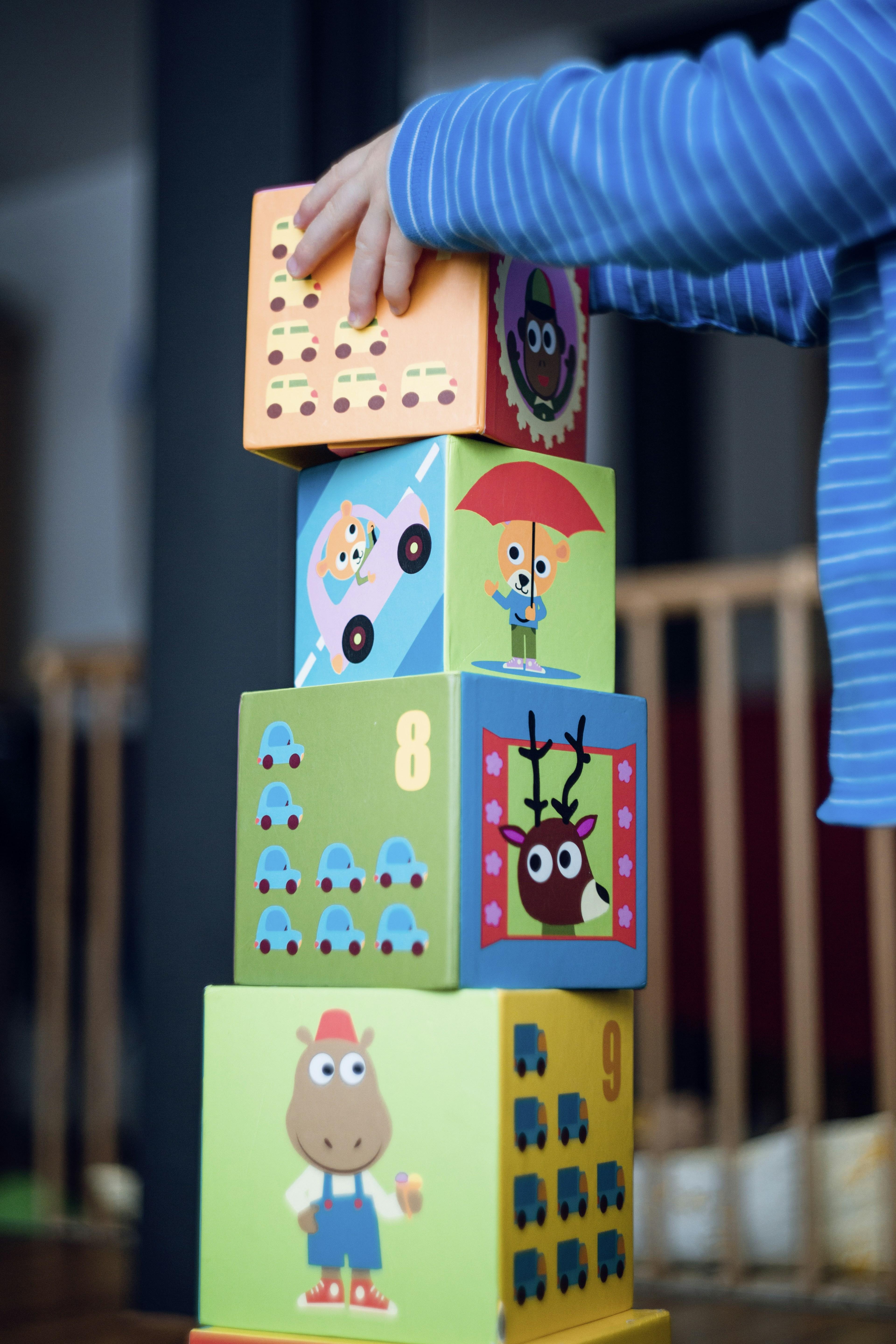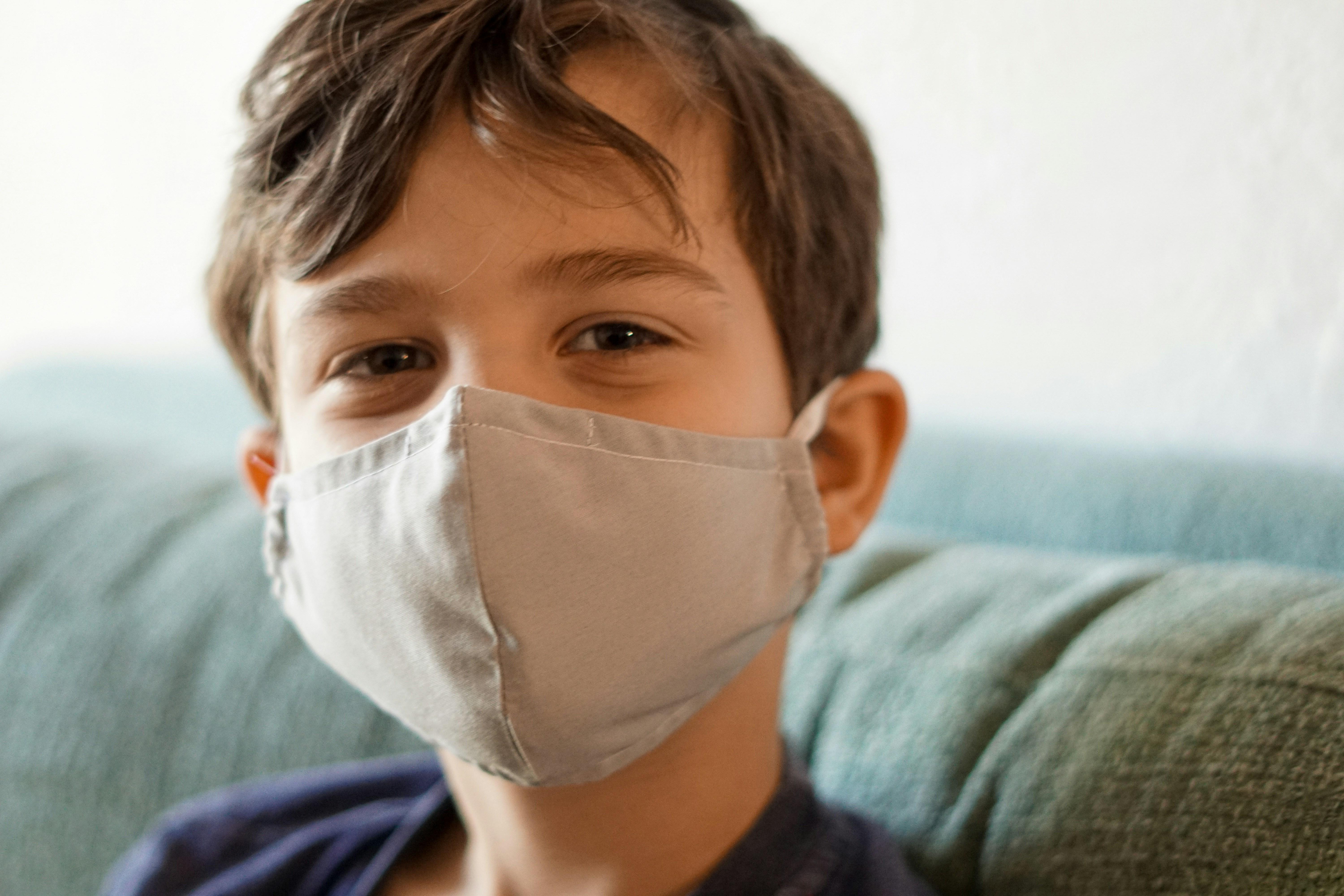In recent years, the proliferation of streaming services has revolutionized the way audiences consume media, offering unprecedented access to a vast array of content. As these platforms continue to dominate the entertainment landscape, a pressing question emerges: should they implement stricter guidelines to ensure kid-safe content? This issue is increasingly relevant as children and adolescents become significant consumers of digital media, often navigating these platforms with limited supervision. While some argue that more stringent controls are necessary to protect young viewers from inappropriate material, others contend that existing measures are sufficient and that parental responsibility should take precedence. This article delves into the complexities surrounding this debate, examining the current landscape of content regulation, the responsibilities of streaming services, and the potential implications of introducing more rigorous standards.
Evaluating Current Standards for Kid-Safe Content on Streaming Platforms
As streaming platforms continue to dominate the entertainment landscape, the effectiveness of their current kid-safe content standards is increasingly under scrutiny. Parental concerns are mounting over the suitability of content labeled as child-friendly, prompting a reevaluation of what truly constitutes safe material. The existing guidelines vary significantly across platforms, with some relying heavily on user-based content reporting and algorithmic filtering. However, this approach can be inconsistent, leaving gaps that potentially expose young viewers to inappropriate material.
- Content Rating Systems: Many platforms utilize traditional rating systems that might not fully account for the nuanced and evolving nature of digital content.
- Parental Controls: While these features are prevalent, their complexity often deters effective use, highlighting the need for more intuitive solutions.
- Algorithmic Filtering: Algorithms designed to filter out unsuitable content can be flawed, sometimes failing to recognize context or cultural sensitivities.
Evaluating these standards involves not just a closer look at the technological tools employed, but also a consideration of ethical responsibilities. Are platforms prioritizing profit over protection? A shift towards more rigorous, transparent guidelines could offer a more reliable safeguard for young audiences.

Analyzing the Impact of Inadequate Guidelines on Child Viewership
The lack of stringent guidelines on streaming platforms can significantly affect child viewership, leading to exposure to inappropriate content. Children’s cognitive development is highly impressionable, and without proper filters, they may encounter themes beyond their comprehension. This can manifest in several ways:
- Behavioral Influence: Content depicting violence or inappropriate language may inadvertently encourage similar behavior in children.
- Emotional Impact: Exposure to mature themes can lead to confusion, anxiety, or fear, affecting their emotional well-being.
- Educational Deficit: With unrestricted access, children might opt for entertainment over educational programming, hindering learning opportunities.
These issues highlight the necessity for platforms to enforce more robust content guidelines. By doing so, they can ensure a safer viewing environment that supports healthy development and learning.

Exploring Parental Concerns and Expectations in Digital Media
In the age of digital media, parents face an array of challenges as they navigate the vast landscape of content available to their children. The rise of streaming services has brought about a revolution in how content is consumed, yet it also raises questions about the adequacy of current guidelines for ensuring kid-safe programming. Parents often express concerns about the exposure of their children to inappropriate themes, violence, and mature language that might not align with their family’s values.
While many streaming platforms provide parental controls, the effectiveness of these measures is often questioned. Key parental concerns include:
- Inconsistent age ratings that may not accurately reflect the content’s suitability.
- Lack of transparency in how content is categorized and labeled.
- Ease of access to adult content with insufficient barriers.
Expectations from parents generally lean towards more robust guidelines and stricter content curation to ensure that what is labeled as kid-friendly truly is. As the digital landscape continues to evolve, the demand for clearer standards and accountability in content creation and distribution becomes more pronounced, urging streaming services to rethink their strategies in safeguarding young viewers.

Recommendations for Enhancing Content Safety Measures for Children
To enhance the safety of children’s content on streaming platforms, several measures can be implemented. Parental controls should be robust and customizable, allowing guardians to set age-appropriate restrictions and monitor viewing habits effortlessly. Streaming services could also introduce content ratings that are more detailed than the current systems, providing specific information on language, themes, and educational value.
Additionally, platforms should consider curated content libraries specifically designed for different age groups. This could include partnerships with educational experts to ensure that the content is not only safe but also enriching. User feedback mechanisms can also be vital, allowing parents to report inappropriate content swiftly. By integrating these strategies, streaming services can create a more secure and supportive environment for young viewers.



